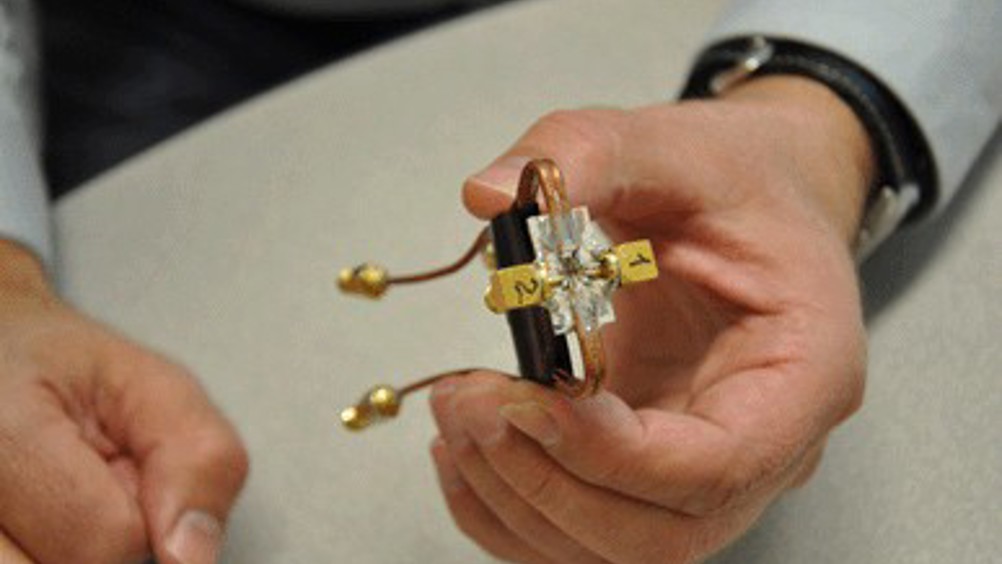Holograms put storage capacity in a spin
Researchers have demonstrated a new type of holographic memory device that could provide unprecedented data storage capacity and data processing capabilities in electronic devices.

The new type of memory device uses spin waves – a collective oscillation of spins in magnetic materials – instead of the optical beams. Spin waves are compatible with the conventional electronic devices and may operate at a much shorter wavelength than optical devices, allowing for smaller electronic devices that have greater storage capacity.
Experimental results obtained by the University of California, Riverside Bourns College of Engineering and Russian Academy of Science team show it is feasible to apply holographic techniques developed in optics to magnetic structures to create a magnonic holographic memory device. The research combines the advantages of the magnetic data storage with the wave-based information transfer.
In a statement, lead researcher and UC Riverside professor Alexander Khitun said: ‘The results open a new field of research, which may have tremendous impact on the development of new logic and memory devices.’
Holography is a technique based on the wave nature of light which allows the use of wave interference between the object beam and the coherent background. It is commonly associated with images being made from light, such as on driver’s licenses or paper currency. However, this is only a narrow field of holography.
Register now to continue reading
Thanks for visiting The Engineer. You’ve now reached your monthly limit of news stories. Register for free to unlock unlimited access to all of our news coverage, as well as premium content including opinion, in-depth features and special reports.
Benefits of registering
-
In-depth insights and coverage of key emerging trends
-
Unrestricted access to special reports throughout the year
-
Daily technology news delivered straight to your inbox










Water Sector Talent Exodus Could Cripple The Sector
Maybe if things are essential for the running of a country and we want to pay a fair price we should be running these utilities on a not for profit...